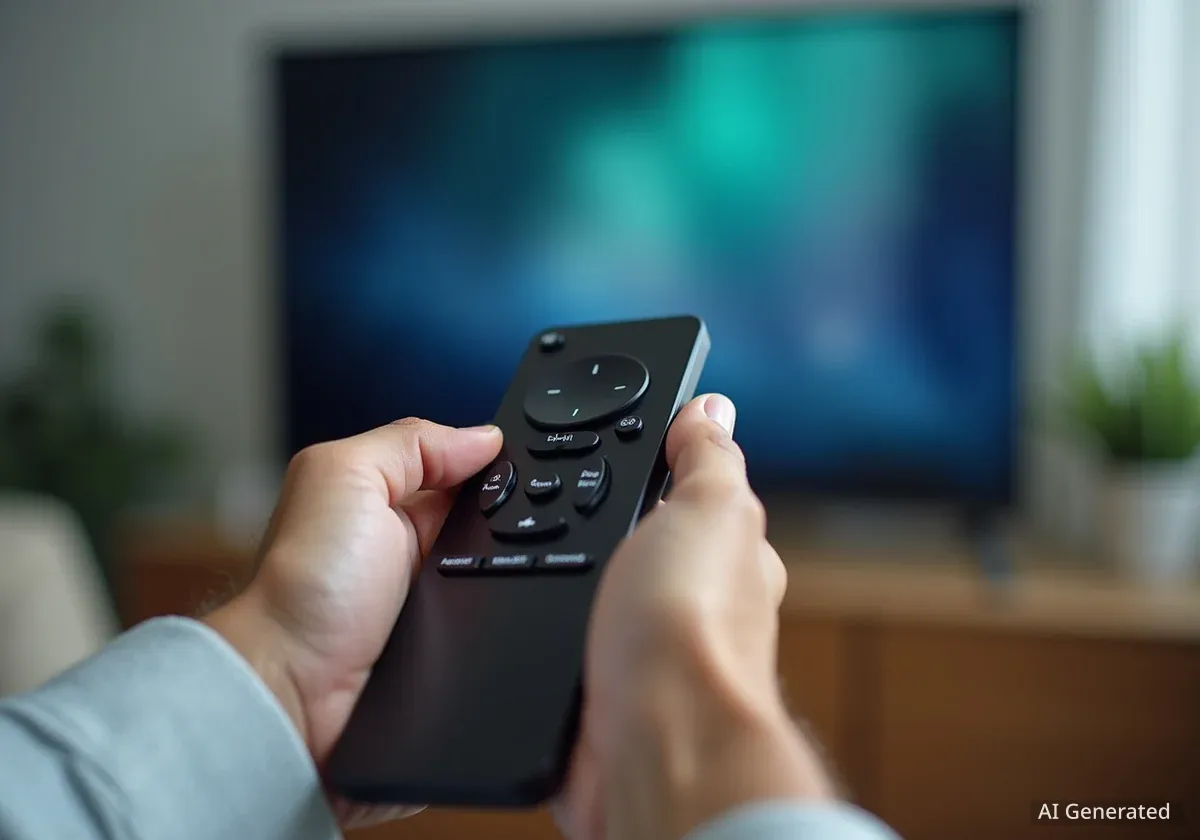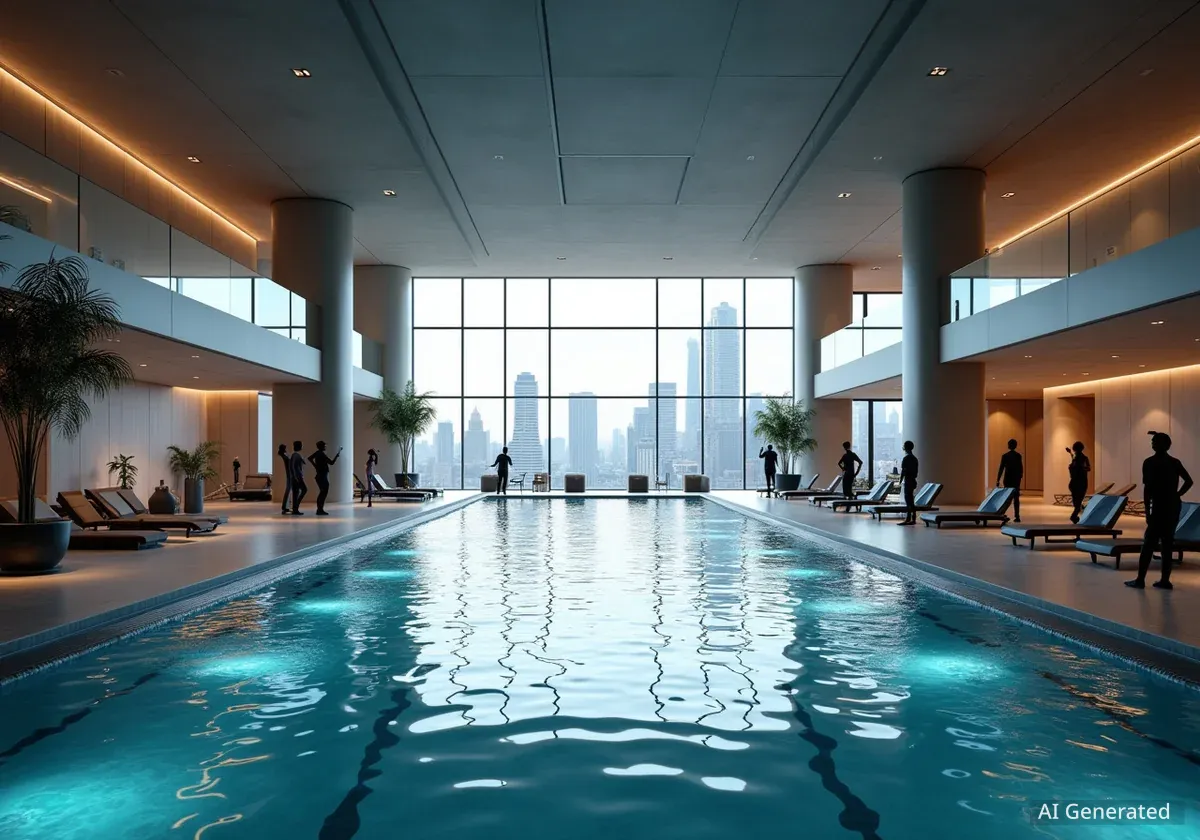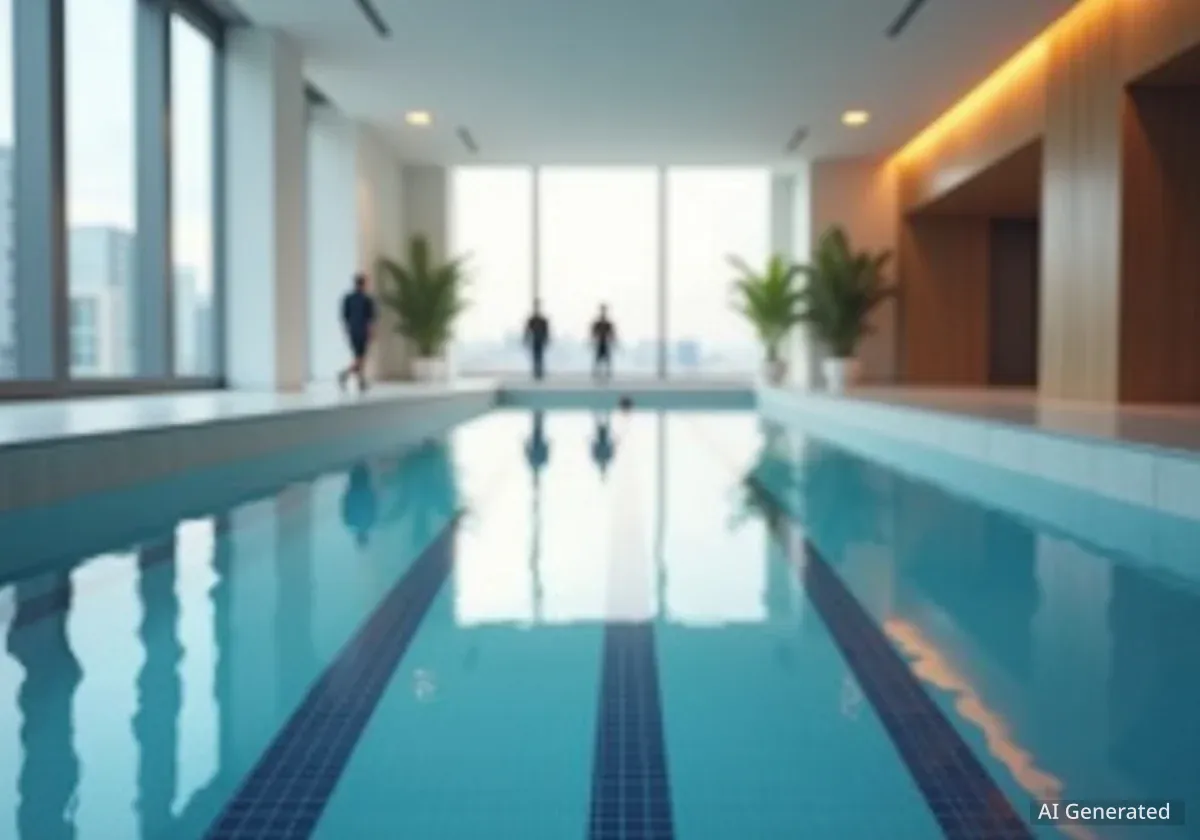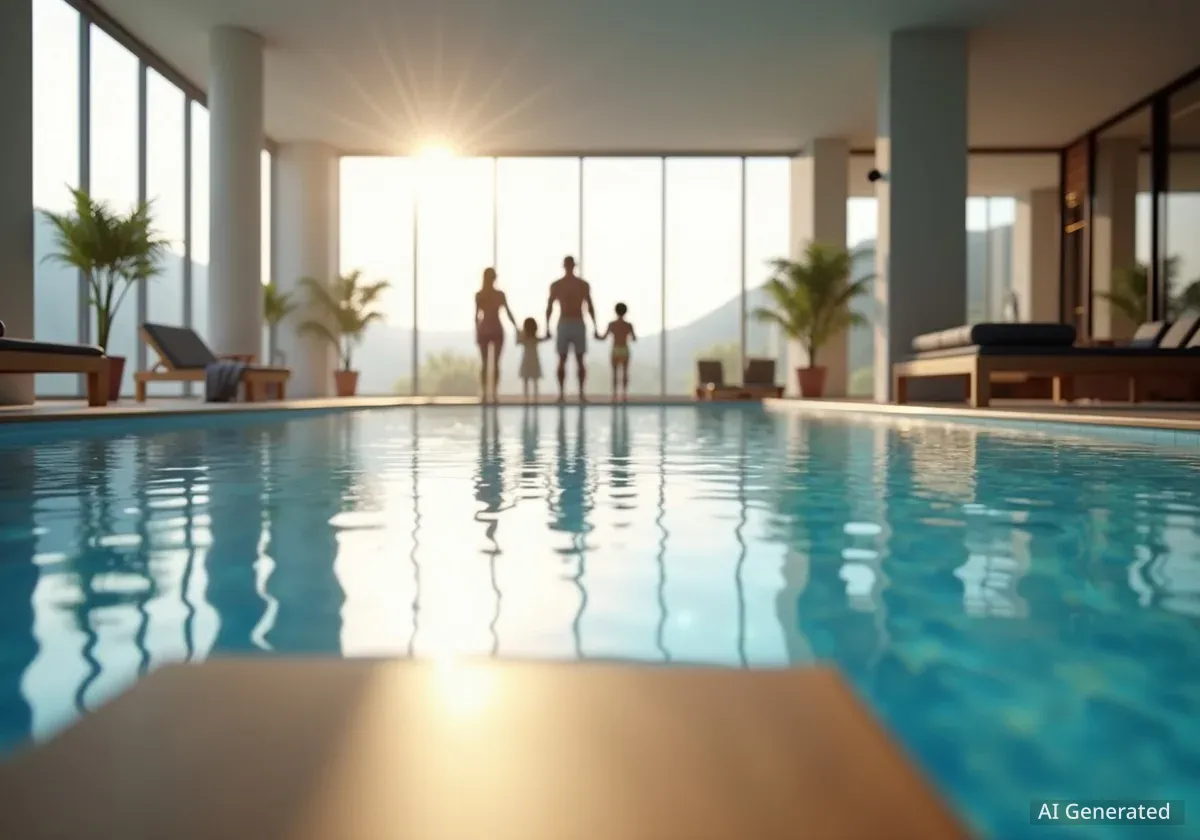LG has introduced the "Easy TV" in South Korea, a new television specifically designed for the senior market. The device features a redesigned remote control, a simplified user interface, and specialized software, but it comes at a higher price point than the standard model it is based on.
Key Takeaways
- LG has launched the "Easy TV" in South Korea, targeting older consumers with simplified features.
- The TV includes a traditional remote with number buttons, larger fonts on its webOS interface, and enhanced audio for dialogue.
- Special features include medication reminders, integrated video calling for support, and brain health games.
- The Easy TV is priced significantly higher than the standard LG QNED TV model on which it is based.
- The launch raises questions about whether a simplified smart TV is a better solution for seniors than a more affordable non-smart TV.
LG Targets Senior Market with New Television
Electronics manufacturer LG has officially announced the Easy TV, a product aimed at what it identifies as the growing “senior TV market.” The television, currently available only in South Korea, modifies one of the company's existing models with hardware and software adjustments intended to improve ease of use for older adults.
The company stated that the product was developed in response to customer feedback. According to LG's announcement, over 70 percent of TV-related service inquiries from senior customers were related to difficulties operating the device, rather than technical malfunctions. This feedback prompted the development of a TV with a more straightforward user experience.
A Growing Demographic
LG's strategy appears to be influenced by demographic shifts in its home market. According to data from South Korea's Ministry of the Interior and Safety, the population of individuals aged 65 and older surpassed 10 million at the end of last year, accounting for 20 percent of the country's total population.
Redesigned Remote and Simplified Interface
A central feature of the Easy TV is its redesigned remote control. Unlike many modern smart TV remotes that have minimalist designs, the Easy TV remote includes a full numeric keypad, larger text labels, and dedicated buttons for common functions such as play/pause, fast forward, rewind, and mute.
The remote also features a prominent “back” button, which LG says allows users to quickly return to their previous screen if they accidentally launch an application or switch inputs. Despite these traditional features, the remote still includes shortcut buttons for specific streaming services and a dedicated AI button.
LG also modified its webOS operating system for the Easy TV. The interface uses a larger font size and prioritizes what LG calls “five senior-focused features and favorite apps” to reduce on-screen clutter and simplify navigation.
Remote Control Comparison
The Easy TV remote is a direct contrast to LG's 2025 Magic Remote for its standard smart TVs, which lacks a number pad and dedicated media control buttons, relying instead on on-screen menus and voice commands for many functions.
Specialized Features and Technical Adjustments
Beyond the interface, the Easy TV incorporates several software features tailored to potential needs of older users. These include a reminder system that can be used for medication alerts and an integrated video calling function designed to help users connect with family members for technical assistance.
The television also comes with built-in games that are marketed as promoting brain health. From a technical standpoint, the Easy TV is a modified version of the LG QNED Evo (QNED85A) model. The company says it has adjusted the picture settings to be brighter with more saturated colors and has boosted the audio output to make dialogue clearer and easier to hear.
Pricing and Market Positioning
The specialized features of the Easy TV come with a significant price increase. The 65-inch model is priced at 2,769,000 won (approximately $1,964), while the standard 65-inch QNED85A model costs 2,590,000 won (approximately $1,837) in South Korea.
The price difference is even more pronounced for the larger size. The 75-inch Easy TV is listed at 3,869,000 won (approximately $2,744). For comparison, the standard 75-inch model has a US MSRP of $1,150, highlighting the premium being charged for the Easy TV's modifications.
The Debate Over Simplicity and Cost
The introduction of a premium-priced smart TV for seniors has sparked discussion about the most effective way to serve this demographic. While LG's approach involves simplifying its existing smart TV platform, some industry observers suggest that a more fundamental solution would be to offer more non-smart, or “dumb,” TVs.
Non-smart TVs do not connect to the internet, eliminating the need for users to navigate complex software, manage updates, or contend with privacy concerns related to data tracking and advertising. For users who still want to stream content, simple external devices like streaming sticks can be added.
Broadcast Viewership Trends
According to Pew Research data, older adults remain the largest audience for traditional broadcast television. In the United States, 64 percent of Americans aged 65 and older have a cable or satellite subscription, a format that pairs well with non-smart TVs.
A non-smart television would also be considerably cheaper, which could be a significant factor for seniors on fixed incomes. The Easy TV, being a feature-rich smart TV, allows the manufacturer to continue monetizing the platform through software and advertisements. The debate centers on whether the added cost and complexity of a smart TV, even a simplified one, is the best solution for consumers who prioritize ease of use and affordability above all else.





